
Prof. Mallardus Quackwell
It is with profound intellectual audacity and venerable confidence that Professor Mallardus Quackwell introduces a celestial revolution in the study of fundamental particles. Dispensing with terrestrial constraints, this paper proposes the construction of a vast duck pond in the vacuum of space. By examining the properties and interactions of quacks in an environment unperturbed by earthly noise, we stand on the precipice of unlocking monumental insights into the very fabric of the cosmos. This grand endeavor, despite necessitating significant human sacrifice and resource allocation, is, without question, for the greater good of scientific enlightenment.
Published
Read More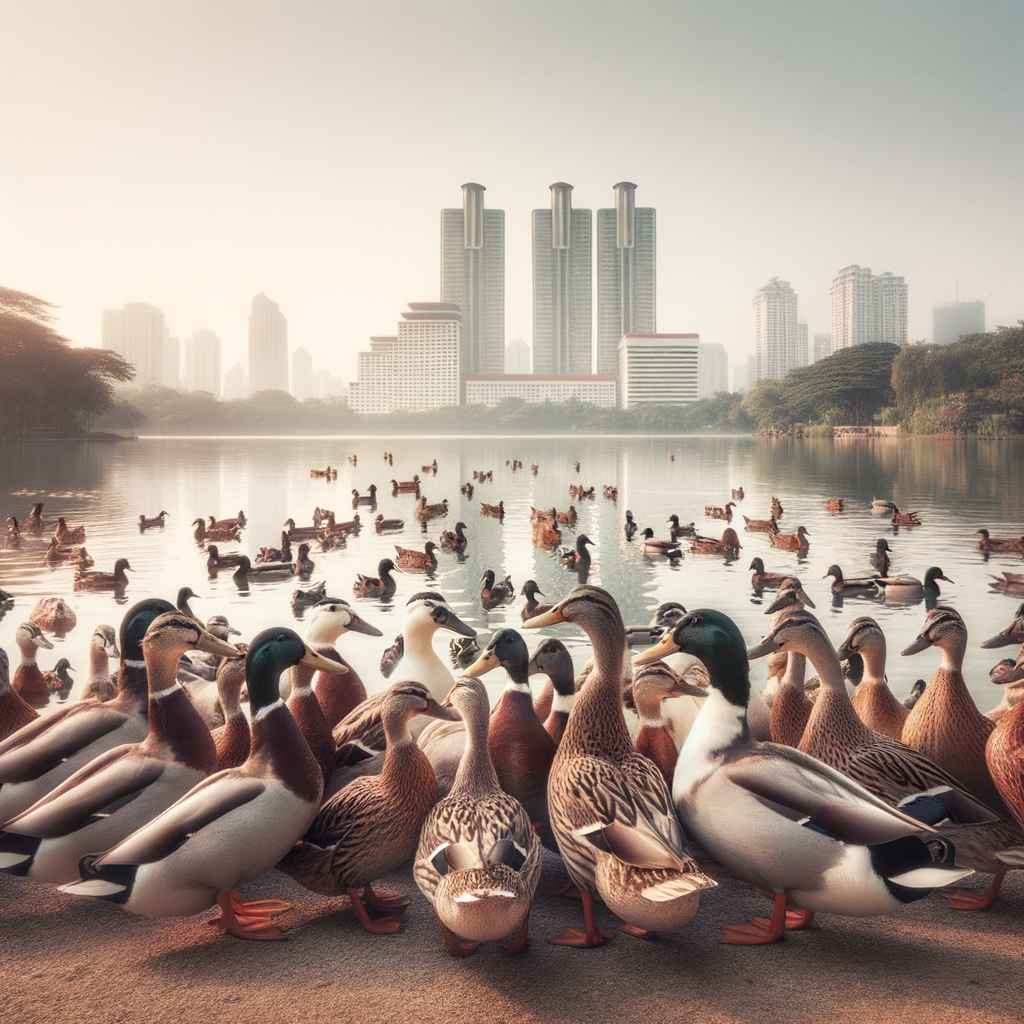
The comparative morality of animal species offers intriguing insights into the fundamentals of ethical behavior. Ducks, with their community-oriented social structures and absence of destructive behaviors observed in human societies, present a compelling case for examining non-human moral systems. This article explores the moral behaviors of ducks, contrasting them with human actions to highlight key lessons in ethics and community living.
Published
Read More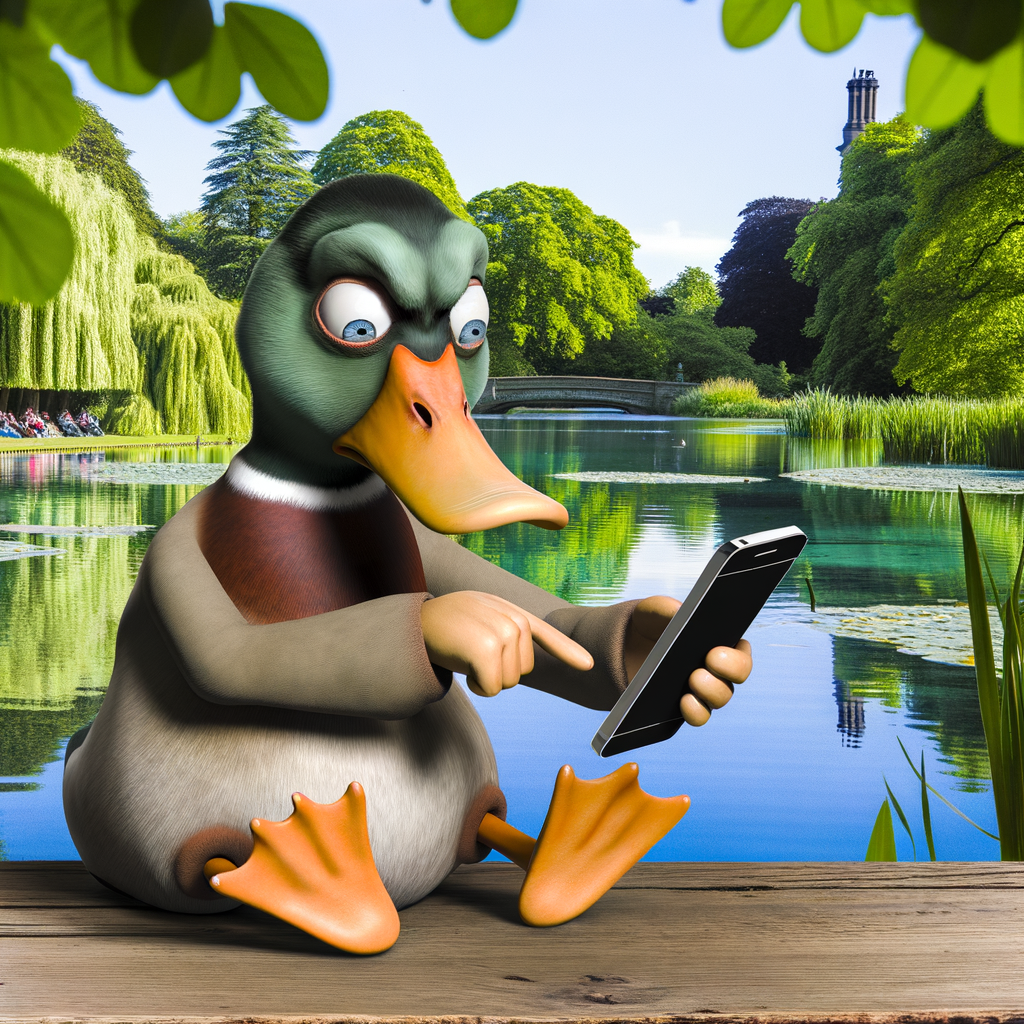
Dr. Quentin Featherwing, PhD et al.
This study investigates the low satisfaction rates of ducks with their telecommunications provider, AT&T (Anatine Telephone & Telegraph Company). Through a combination of surveys, interviews, and service performance analyses, our research aimed to identify the key factors contributing to the dissatisfaction among duck customers. Our findings reveal that issues such as poor network coverage, slow internet speeds, inadequate customer service, and unreliable email services are major contributors to the low satisfaction rates. This paper provides a comprehensive analysis of the challenges faced by ducks using AT&T services and offers recommendations for improving customer satisfaction.
Published
Read More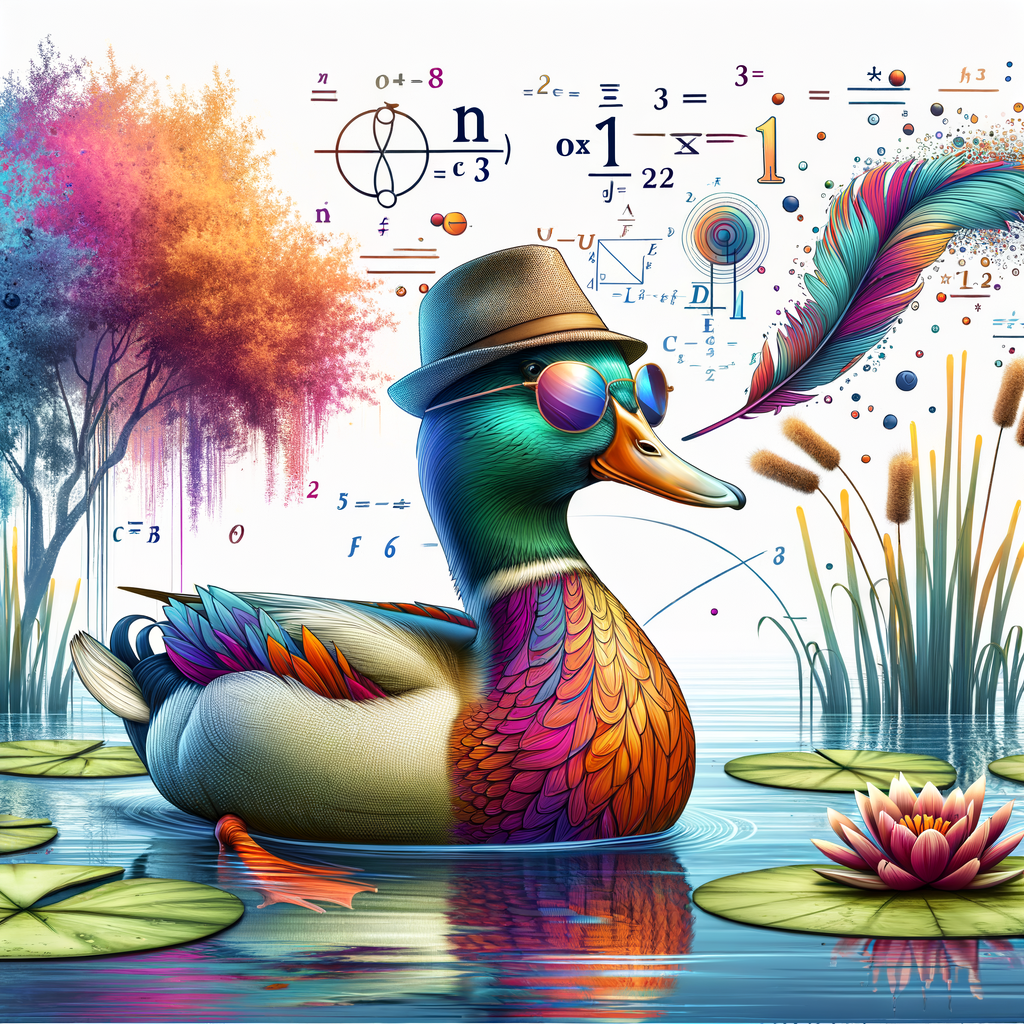
This paper aims to derive a highly intricate proof of the coolness of ducks by employing advanced mathematical phenomena that intersect their natural habitat, such as ponds. By leveraging constructs from multi-dimensional calculus, topological embeddings, and chaotic dynamics, we aim to rigorously demonstrate the inherent coolness of ducks.
Published
Read More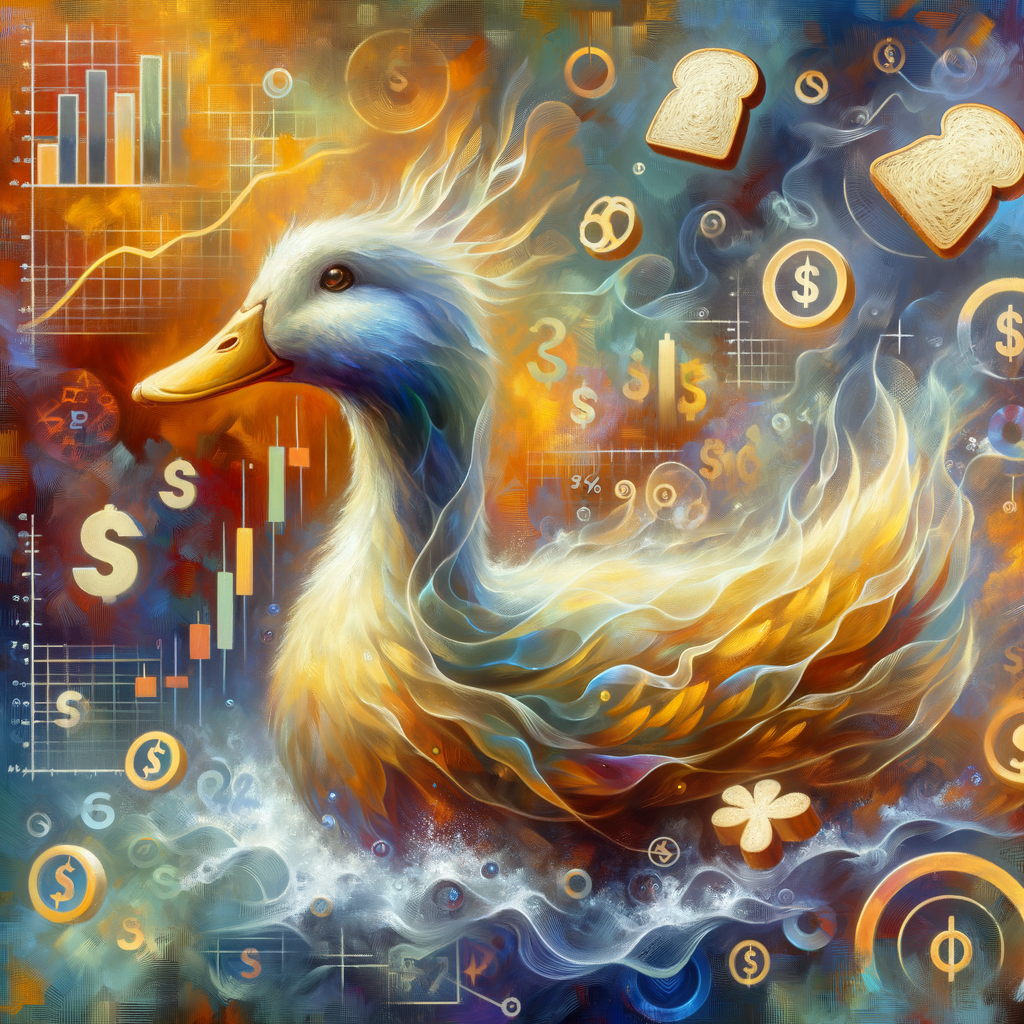
Prof. Mallard Drake-Smith
The economic landscape has long been dominated by the notion of the “invisible hand,” a metaphor introduced by Adam Smith to describe the self-regulating nature of markets. However, this paper, authored by Professor Mallard Drake-Smith, posits a radical departure from traditional thought: it is not an invisible hand but rather an invisible, omnipotent duck that orchestrates market dynamics. Through a synthesis of neoliberal philosophy, advanced econometric analysis, and a liberal application of avian folklore, this treatise seeks to redefine the foundational metaphors of economic theory. By examining the natural behaviors of this invisible entity, such as its mysterious quacking and bread-hoarding tendencies, we uncover a novel framework for understanding market behavior.
Published
Read More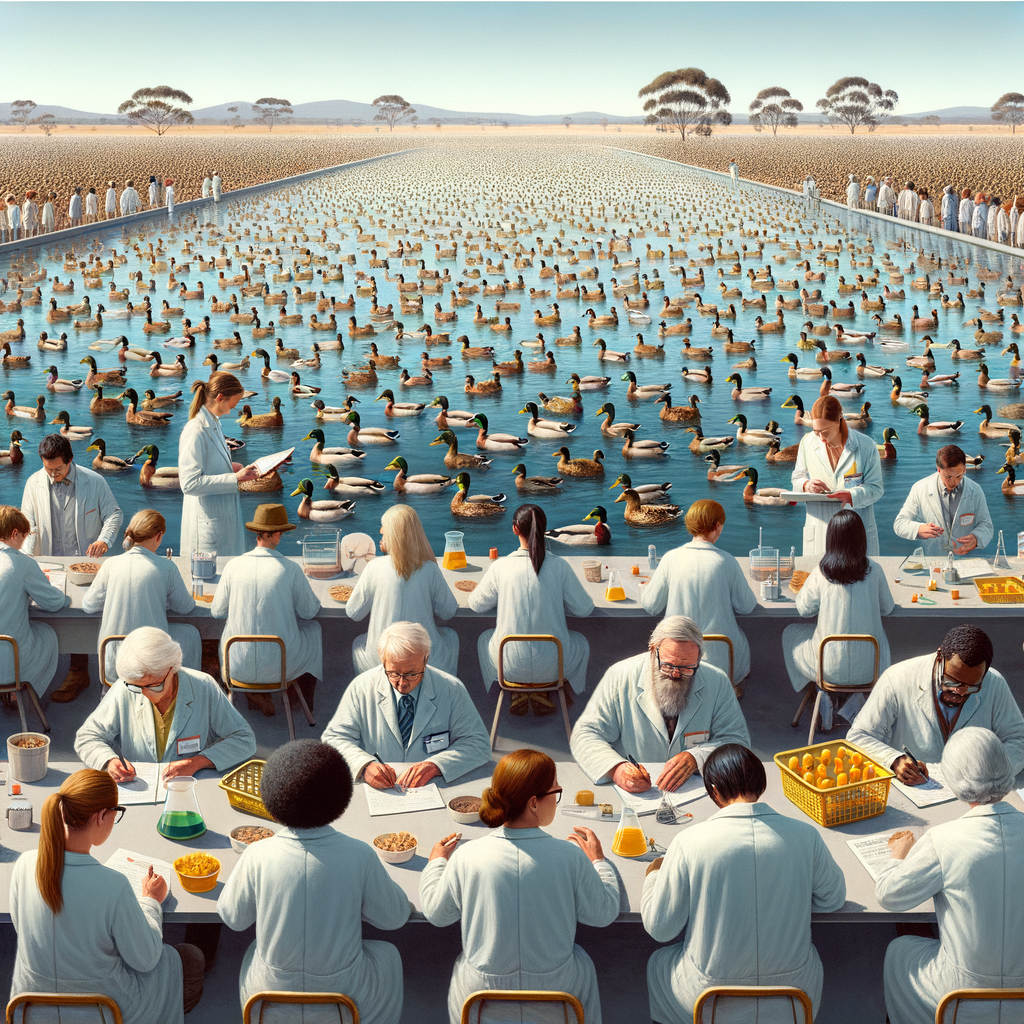
Prof. Mallardus Quackwell
In the hallowed halls of contemporary particle physics, quarks are venerated as the foundational constituents of matter. However, this treatise, authored by none other than the venerable Professor Mallardus Quackwell, posits an audacious paradigm shift, proposing that “quacks” — the sounds emitted by ducks — are the true fundamental particles of the universe. It is with the utmost confidence and intellectual rigor that we argue for the necessity of constructing a vast duck pond, the size of Australia, to meticulously study these quacks. By examining the properties and interactions of quacks, we stand on the precipice of unlocking profound new insights into the very fabric of the cosmos.
Published
Read More
Dr. Quentin Waddle, PhD et al.
This study explores the unique vocalizations of duck death metal singers, focusing on their distinctive quack screaming techniques. Through a combination of acoustic analyses, vocal health assessments, and interviews with duck death metal artists, our research aimed to understand the mechanics and effects of quack screaming on ducks. Our findings reveal that quack screaming involves complex vocal fold vibrations and specialized breathing techniques, allowing ducks to produce powerful and sustained screams. This paper provides a comprehensive analysis of quack screaming in duck death metal, highlighting its artistic significance and implications for vocal health.
Published
Read More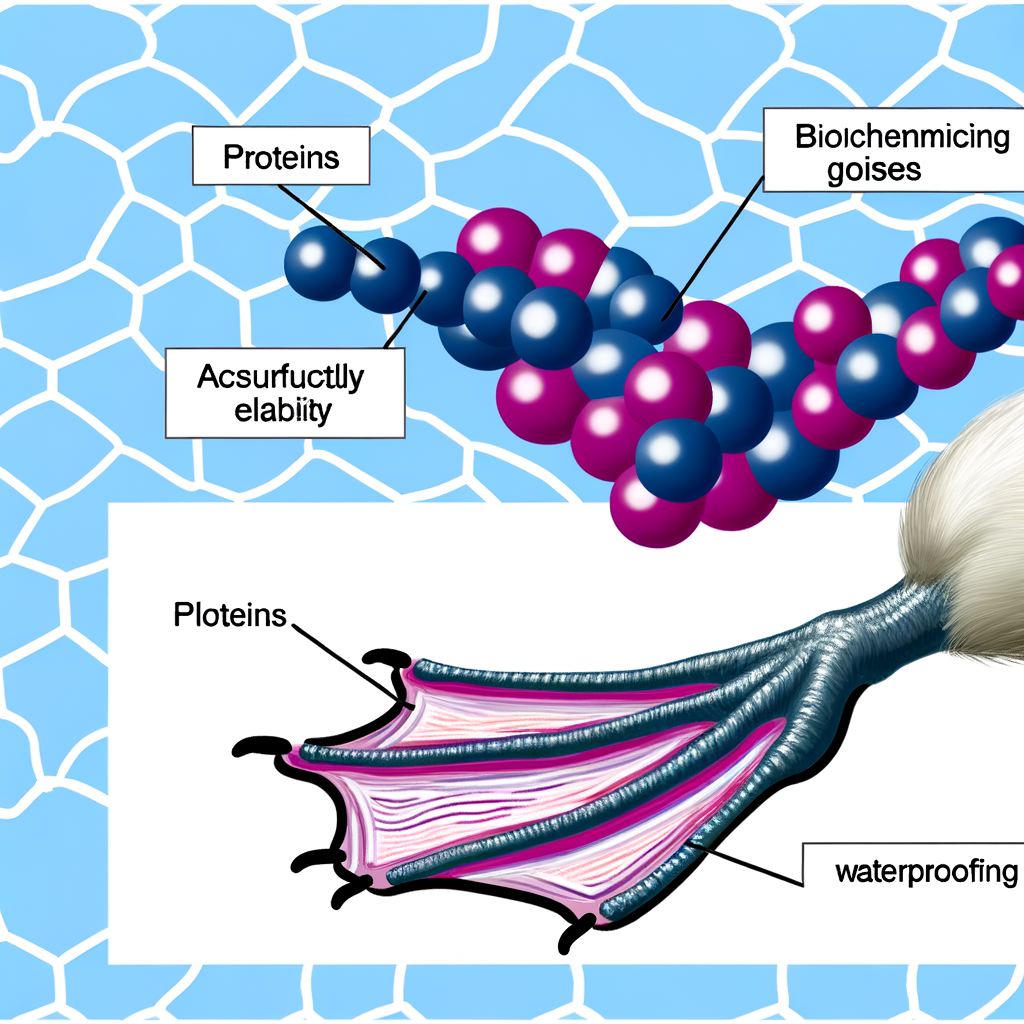
Dr. Penelope Quackworth et al.
While the invention of synthetic rubber is often attributed to human ingenuity in the 19th century, recent studies suggest that ducks may have evolved natural rubber-like materials in their feet long before humans. This paper explores the composition, properties, and evolutionary advantages of the rubber-like material in duck feet, providing compelling evidence that ducks were the original inventors of rubber.
Published
Read More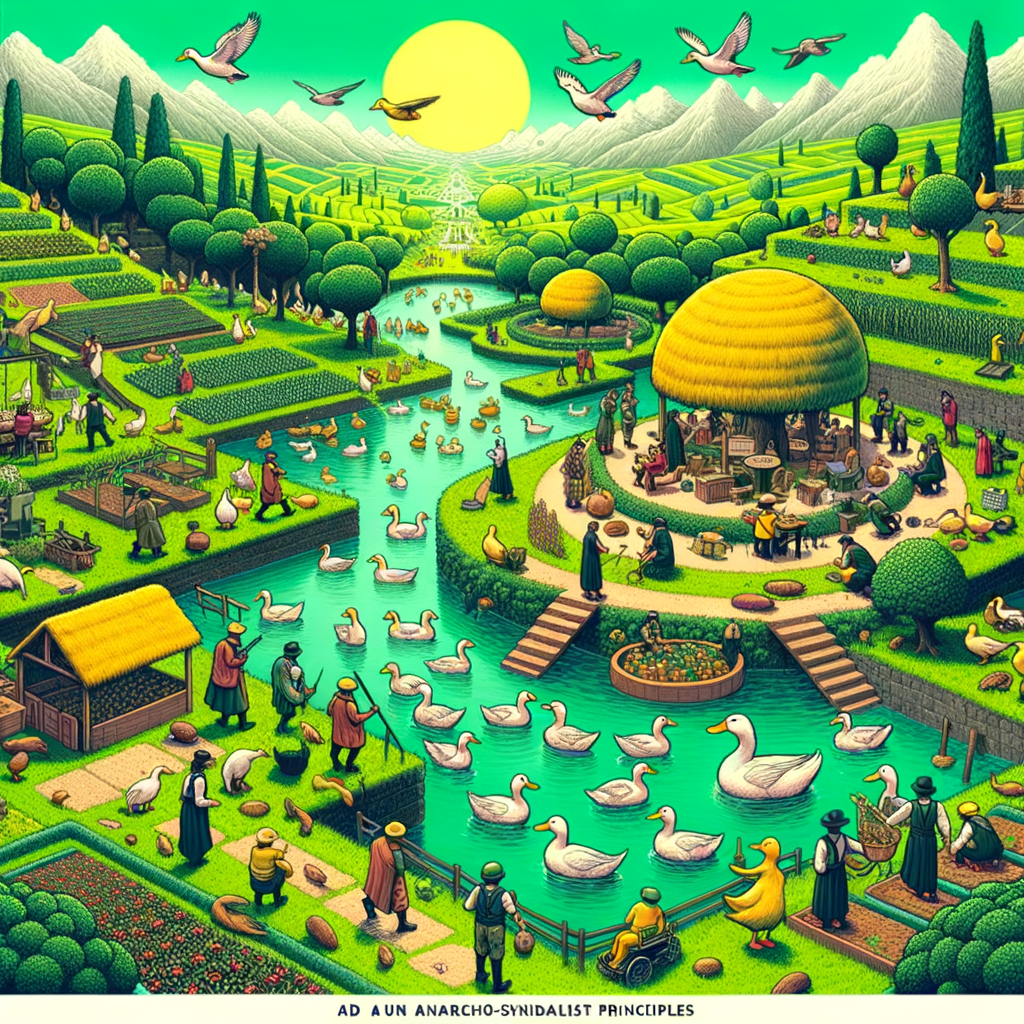
Dr. Drake Quackington et al.
While ducks are often admired for their graceful swimming and charming quacks, their social structures have largely gone unnoticed by mainstream sociology. Recent studies suggest that ducks live in highly organized anarcho-syndicalist societies, where each pond operates as a self-governing syndicate. This article explores the intricate social framework of duck society, which, in many respects, surpasses human social structures in complexity and equity. By examining the mechanisms ducks use to address social issues such as wealth inequality, we can gain valuable insights into alternative forms of social organization.
Published
Read More